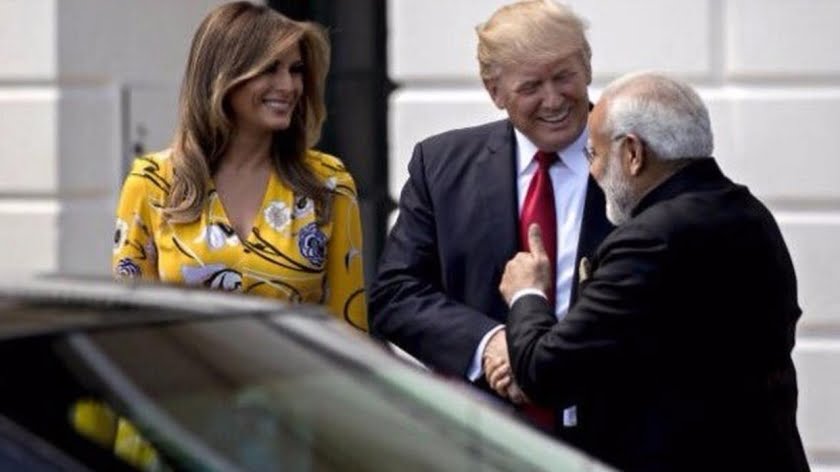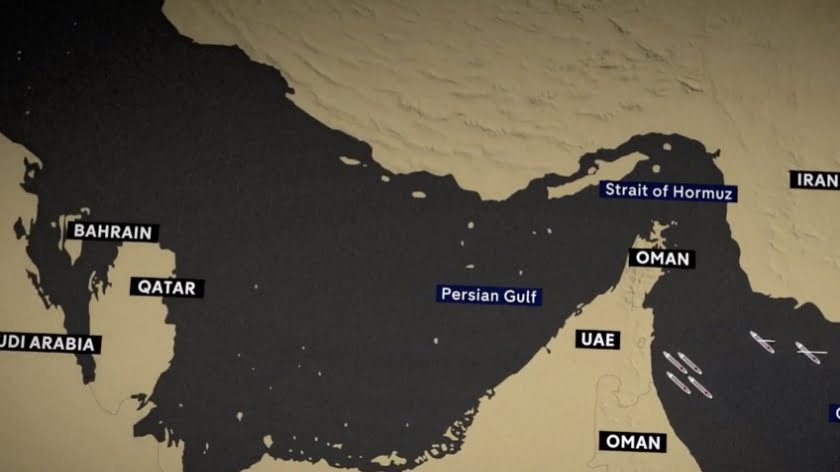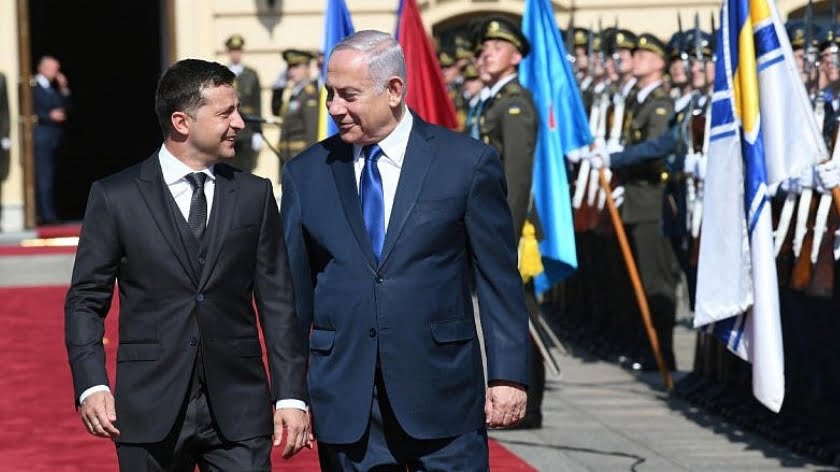Trump’s Post Election Surprise for Modi’s India Explains Everything One Needs to Know About America’s “New Normal”
US foreign policy has become less and less predictable over the last two years, but one thing that has been totally consistent is Donald Trump’s willingness to tariff, sanction or embargo just about every foreign economy in the world. This is the case irrespective of all other diplomatic considerations.
When it comes to India, the only people who will be shocked by the new US tariffs that have just been placed on Indian imports are those who are supremely naieve. Just as the US recently withdrew preferential status under the Generalized System of Preferences (GSP) from Turkey, India has now had the same tariff exemptions withdrawn through Trump’s latest executive order.
This continues to make it clear that according to Trump’s modus operandi, the trade war literally trumps all other considerations in respect of bilateral relations. In this sense, while the trade war against China is being sold in ideological and highly racist terms in order to convince the domestic US audience to swallow higher retail prices for a supposed “greater good”, when one takes a broader view, it becomes clear that while Trump’s trade war is undoubtedly an act of economic nationalism, it is not fundamentally aimed at any one country. The fact that the trade war against China gets more headlines than the trade wars against others is largely because of the fact that China has for many years been America’s top import partner.
Although Trump continues to threaten the European Union with more tariffs and whilst he has just slapped Mexico with new tariffs in spite of the spirit underlying the recently agreed United States–Mexico–Canada Agreement, it is Trump’s move against India which is most illustrative of the “new normal” of America’s protectionist policies.
When Turkey had its preferential status removed, it was all too tempting to claim that the rationale behind the economically hostile move was the declining status of bilateral diplomatic relations between Ankara and Washington. Now that India has been put in the same situation, it is clear that this is not entirely the case.
India is in many ways treated like America’s “boy wonder” in Asia. The US is happy to encourage Modi’s hyper-nationalist, anti-secular Hindutva government as the country is seen as a potential bulwark against the Belt and Road initiative. Although India has yet to produce any domestic economic development capable of “rivalling” China and although India’s proposed North-South Transport Corridor is less ambitious than Belt and Road, the US has a new favourite Asian power and this is Modi’s increasingly pro-American India.
But apart from paying the bill for new American weapons that Washington is selling to India (often at the expense of much cheaper Russian alternatives), what has India received from its increasingly close relations with the US? The answer is, not a great deal. While Trump’s two predecessors sought to open the US market to further Indian imports, Trump has dramatically shut that door through the imposition of new tariffs.
While Trump had previously stated that India could retain its preferential trading status as a developing nation if India allowed more US imports into the country, Trump has now clearly stated that he feels that India has fallen far short of fulfilling this request.
As a result, India may well make further (and largely meaningless) complaints to the WTO whilst New Delhi’s representatives in Washington will make predictable remonstrations. But the fact of the matter is that the only way to retaliate against a Trump tariff is by passing one’s own new tariffs on American imports. To put it another way, India has little in its arsenal when it comes to fighting back against its new ally that nevertheless is happy to include New Delhi on the receiving end of the trade war.
Naturally, some will be curious as to what this means for China-India relations. China has long ago accepted that the hyper-nationalist Modi will be in power for the foreseeable future and as such, official Chinese media has been largely complimentary about Modi in recent months – both before and after the major electoral victory of his Bharatiya Janata Party (BJP).
As Modi plans to host Chinese President Xi Jinping during what has been described as an “informal visit”, it is clear that 2019 will be a year when China and India engage in a rapprochement. That being said, whilst this will ease some regional tensions and result in some new cooperative projects, it will not result in India coming anywhere close to joining Belt and Road, nor will it result in any alteration of China’s all weather partnership with Pakistan.
China realises these fundamental facts but would still prefer to ease tensions with its neighbour rather than return to the tensions that defined much of 2017. In this sense, while both China and India will rightly be proud of a visible (however substance free) rapprochement, the real winner is Donald Trump.
Although Trump’s economic nationalist tactics run contrary to the rules based economic order, there is nothing that the defenders of that economic order can do to stop Trump apart from increasing trade among countries ruled by people who are not Donald Trump. Seeing as the US remains the world’s largest economic power, this clearly gives Trump an upper hand that he is not afraid of using.
By Adam Garrie
Source: Eurasia Future







